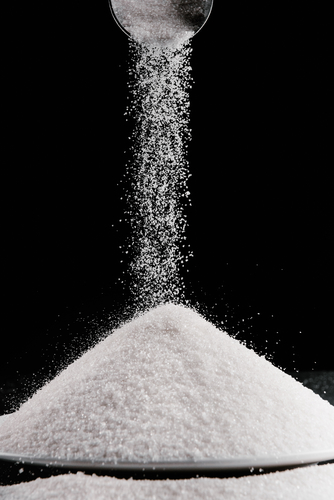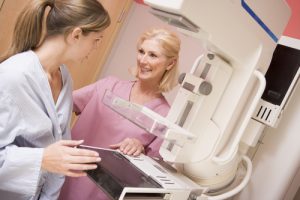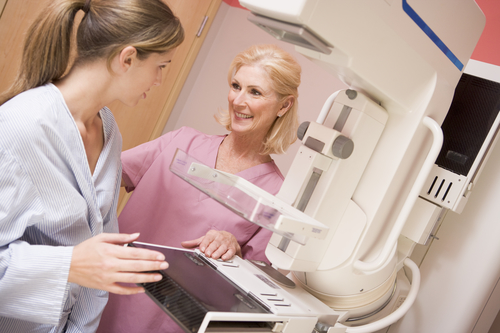There is a vast amount of information about breast cancer. That makes a fantastic opportunity to learn about treatment, prevention, and recurrence. However, with a broad range of news comes oversimplifications of facts and confusing misinformation. In today’s post, we’ll look at the common breast cancer myths. From what you need to know about a mammogram to self-screening to what your diet should be.
Myth #1: Breast cancer is hereditary.
It’s true that most women’s breast cancer risk factor doubles when a first-degree relative acquires the disease. However, there is more to this statistic. In a vast majority of cases, this type of cancer is not brought about by a mutation or an inherited gene defect. Only 10 percent of breast cancer is linked to a gene that can be identified, the BRCA1 or BRCA2 gene.
Myth #2: A mammogram is no longer necessary.
It is a widely agreed upon fact among medical professionals that mammograms can help save lives; it can reduce mortality by 15 to 20 percent. Early detection of any condition can lead to a less harmful and invasive treatment procedure, as well as better survival. There is still hope that we can identify low-risk women who may not require mammograms as early as needed. Now, 70 percent of breast cancer patients don’t have breast cancer in their family history. Still, experts highly recommend women start their annual mammogram screening once they turn 40.
Myth #3: Self-screening is a thing of the past.
The value of breast self-exams has always been questioned. Still, the best way to see if there are any changes in your body is to check it regularly, preferably the week after your menstrual cycle. Check for any lumps that may feel stiff. Self-awareness also entails knowing your family and genetic history and the behaviors that will reduce your risk of breast cancer. Many health guidelines maintain that women should do self-exams; however, they should not replace the appropriate screenings and exams from your doctor.
Myth #4: MRI is better than a mammogram.
While a breast MRI is much more sensible for the detection of the early stages of breast cancer, it’s not for everyone. Also, it doesn’t replace a mammogram entirely. The latter is the only imaging innovation that detects microcalficiations, which are believed to be the earliest symptom of breast cancer. Mammograms are also better at picking up architectural distortion of the breast, or subtle and delicate changes in the breast shape.
The American Cancer Society did endorse screening breast MRI, especially for high-risk women, even though it’s not covered by most insurance providers and has an increased false-positive rate. If you believe that your family history puts you at higher risk for cancer, discuss these concerns with your doctor to see if you need an MRI.
Myth #5: You can’t eat soy or sugar if you have breast cancer.

There is no evidence or data whatsoever that the consumption of soy or sugar has any effect on breast cancer. They neither cause nor cure this condition. However, if you don’t want to take off soy and sugar from your diet, there are some better choices you can make.
Get your sugar intake from fruits, which has natural cancer-fighting nutrients, rather than processed sugary foods. You can also replace highly processed or concentrated forms of soy for the natural, healthier kinds such as soy milk, tofu, and edamame.
Myth #6: A mastectomy is the best cure for breast cancer.
Keep in mind that early detection is still the best way to treat breast cancer; the survival rate for early breast cancer detection is more than 95 percent. However, women should know that there are other things you can do to reduce your risk of breast cancer.
For instance, post-menopausal obesity and alcohol intake are risk factors that not a lot of people know about. Also, even though studies about exercises and physical activities as they relate to reducing breast cancer are mixed, there’s no denying that exercise reduces body fat, which can, in turn, lessen your risk. Expert recommendations include keeping a normal, healthy weight and not exceeding alcohol consumption to more than six to seven drinks per week.
Myth #7: A lump means breast cancer.
If a lump is detected during your self-screening, don’t panic. Many lumps are caused by scar tissue or cysts. Other breast cancer symptoms include thickening of the skin, swelling, and redness. As always, talk to your doctor about any lumps you discover or any other concerns you have.
I have been a family dentist in Phoenix, Arizona for over two decades. Arizona is my home, and I would never want to leave here for the world. I’m happily married to the dazzling Karen with two bustling boys.
I love the Bee Gees, so I just had to pick up this domain! On this blog, I will be offering the best of my wisdom to you about dentistry and the benefits of quality family dental care.

